🌟 The Magic of Venice: Canals and Carnivals ✨
Explore the Enchanting Beauty of Venice's Waterways and Festive Celebrations
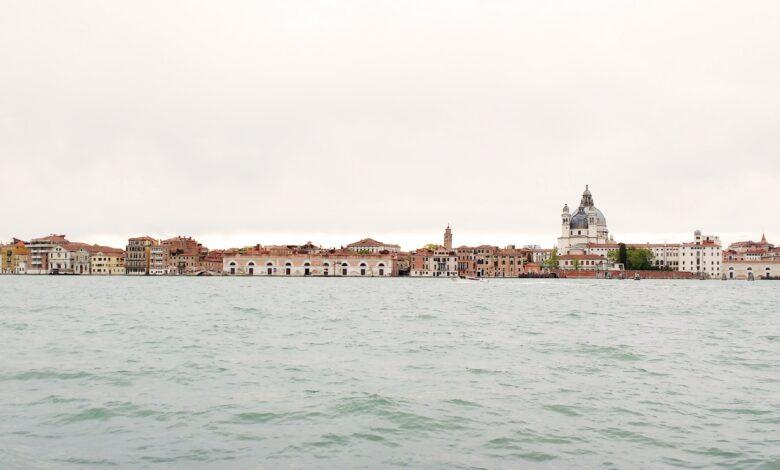
Introduction
Nestled within the embrace of the Adriatic Sea, Venice stands as a testament to the timeless magic that a city can exude. Its labyrinth of canals, gracefully winding through centuries-old architecture, and the allure of the Carnival, where masks conceal stories and every cobblestone whispers history, make Venice a destination unlike any other. Join me on a journey as we unravel the enchantment woven into the very fabric of this city, exploring the serenity of its waterways and the vibrant vivacity of its famed carnivals.
The Enchanting Canals of Venice
Historical Background of the Canal System
Venice, a city built on water, is renowned for its enchanting canal system, a network of waterways that weaves through the heart of the city. The origins of this intricate canal system can be traced back to the 5th century when fleeing residents sought refuge on the marshy islands of the Venetian Lagoon. To overcome the challenges of the waterlogged terrain, the Venetians ingeniously constructed an elaborate network of canals, turning adversity into a defining feature of their unique city.
The canals served both practical and strategic purposes, facilitating transportation, trade, and defense. Over the centuries, they evolved into a symbol of Venetian ingenuity and resilience, showcasing the city’s ability to adapt and thrive in its distinctive aquatic environment.
Description of Famous Canals
Among the myriad of waterways, the Grand Canal stands out as the majestic main artery of Venice. Lined with grand palazzos and historic buildings, it winds its way through the city, creating a stunning showcase of Venetian architecture. The smaller, hidden waterways, often overshadowed by the grandeur of the Grand Canal, offer a more intimate and authentic experience. These secluded canals, such as the Rio di San Cassiano, unveil the quieter, charming side of Venice, where locals go about their daily lives away from the bustling tourist hubs.
Role of Gondolas and Their Significance
No exploration of the Venetian canals is complete without a mention of the iconic gondolas. These sleek, black boats, expertly maneuvered by skilled gondoliers, embody the romantic allure of Venice. While today they are synonymous with leisurely rides for tourists, gondolas historically served as the primary mode of transportation for Venetians. The craft’s unique design, with a flat bottom and asymmetrical shape, allows it to navigate the narrow canals with unparalleled agility.
Beyond their practical function, gondolas are symbolic of Venetian tradition and craftsmanship. Each gondola is a masterpiece, adorned with ornate decorations and a distinctive iron prow, representing the city’s rich cultural heritage.
Personal Experiences and Anecdotes
Navigating the labyrinthine canals of Venice is a sensory journey that transcends the visual spectacle. The melodic sounds of water lapping against ancient stone bridges, the echoing footsteps along narrow alleyways, and the laughter of locals echoing through open windows create a symphony unique to this watery city.
One can’t help but be enchanted by the surprise of stumbling upon a hidden canal, where time seems to stand still. Personal encounters with friendly locals, sharing stories of generations living by the water, add a layer of warmth and authenticity to the Venetian canal experience. These personal connections, intertwined with the history and beauty of the canals, make Venice a destination like no other, leaving indelible memories for those fortunate enough to navigate its enchanting waterways.
Unveiling the Carnival Splendor
Introduction to the Venice Carnival and its Historical Roots
The Venice Carnival, an annual spectacle dating back to the 11th century, is a vibrant celebration that captivates both locals and visitors alike. Rooted in the city’s rich history, the carnival was initially a period of revelry and indulgence before the somber season of Lent. Over the centuries, it evolved into a world-famous event, drawing people from around the globe to partake in the grandeur of its festivities.
During the carnival, Venice transforms into a mesmerizing stage where history, art, and tradition come alive. The city’s squares and canals become a tapestry of colors, echoing with the sounds of laughter and music, creating an atmosphere unlike any other.
Explanation of Elaborate Masks and Costumes
Central to the allure of the Venice Carnival are the elaborate masks and costumes that grace the streets. The tradition of wearing masks dates back to the 12th century when Venetians of all social classes would don disguises to revel in anonymity during the carnival’s festivities. Today, the masks are intricate works of art, crafted with precision and adorned with feathers, jewels, and vibrant colors.
These masks not only add a sense of mystery and intrigue but also provide a canvas for personal expression and creativity. From the classic Bauta mask to the more ornate Colombina and the enigmatic Medico della Peste, each mask carries its own symbolic significance, reflecting the wearer’s persona for the duration of the carnival.
Highlighting Key Events and Traditions
The Venice Carnival unfolds as a series of enchanting events and traditions. The grand opening, marked by the “Flight of the Angel,” sees a costumed angel descending from the Campanile to the delight of the gathered crowds in St. Mark’s Square. The prestigious masked ball, Il Ballo del Doge, epitomizes the opulence of the carnival, attracting socialites and celebrities from around the world.
Throughout the festivities, lively parades, street performances, and the famed water parade along the Grand Canal contribute to the carnival’s dynamic energy. The “Best Masked Costume” contest adds an element of friendly competition, encouraging participants to showcase their most creative and elaborate ensembles.
How the City Transforms into a Stage for Revelry and Celebration
Venice, with its timeless architecture and narrow alleys, becomes a living canvas during the carnival. The city’s squares, especially St. Mark’s, are transformed into open-air theaters where jugglers, musicians, and performers entertain the jubilant crowds. The canals, usually serene, come alive with beautifully adorned boats, adding a magical touch to the aquatic landscape.
As dusk falls, the city is bathed in the warm glow of lanterns and the flickering light of candles, creating a dreamlike ambiance. The revelry extends into the night, with masked parties and spontaneous gatherings turning every corner into a stage for celebration. The Venice Carnival is a testament to the city’s ability to weave its rich history into a contemporary tapestry of joy, making it an unparalleled experience for those fortunate enough to witness its splendor.
The Sights and Sounds of Venice’s Magic
Describing the Picturesque Scenes Along the Canals
Venice, a city suspended between sky and water, is a canvas painted with picturesque scenes that unfold along its meandering canals. As sunlight dances on the rippling water, historic buildings in pastel hues line the banks, creating a postcard-perfect panorama. The reflections of centuries-old architecture shimmer in the canal’s embrace, making every vantage point a visual feast. Each bridge, whether the iconic Rialto or a hidden gem, offers a unique perspective, unveiling the timeless beauty that defines Venice’s enchanting allure.
Capturing the Vibrant Colors and Energy of the Carnival
During the Venice Carnival, the city bursts into a kaleidoscope of vibrant colors, saturating the streets with an energy that is both infectious and exhilarating. Elaborate costumes, adorned with rich fabrics, feathers, and intricate masks, create a spectacle of opulence and creativity. The pulsating rhythm of lively parades and the grandeur of masked balls infuse the air with a sense of celebration that transcends the ordinary. Against the backdrop of historic landmarks, the vibrant hues of the Carnival become a living work of art, leaving an indelible imprint on the senses.
Discussing the Unique Soundscape – From Lapping Water to Festive Music and Laughter
Venice’s soundscape is a symphony that accompanies every step along its canals. The gentle lapping of water against weathered stone steps provides a soothing background melody. Yet, during the Carnival, this serene soundscape transforms into a lively composition. Festive music echoes through narrow alleyways, played by street performers or emanating from lively squares where impromptu gatherings take place. Laughter, the universal language of joy, reverberates through the air as locals and visitors alike revel in the magic of the moment.
In this unique auditory tapestry, the clickety-clack of oarlocks on gondolas adds a rhythmic punctuation, creating a harmonious blend with the city’s heartbeat. As night falls, the sounds of merriment persist, whether from the lively chatter in canal-side cafes or the distant strains of a masked ball’s music. Venice, with its unique soundscape, invites visitors to not only see and feel but to listen, allowing the city’s magic to resonate through every sense, creating an immersive experience that lingers in the memory.
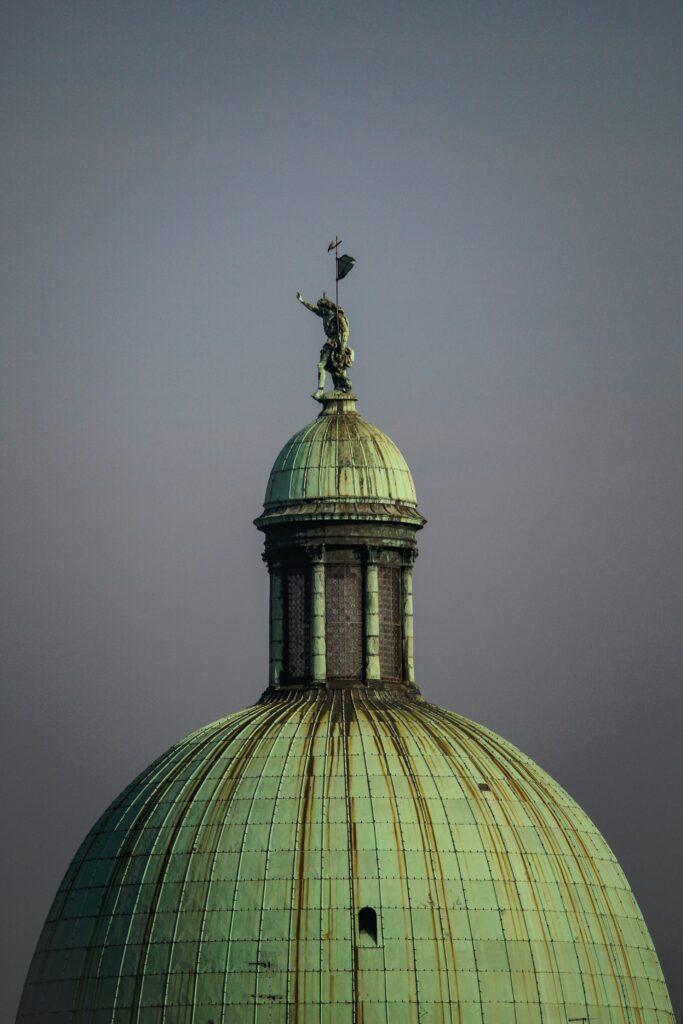
Culinary Delights by the Water
Exploration of Venetian Cuisine with a Focus on Waterside Dining
Venice, a city where water is not just a geographical feature but a way of life, offers a culinary experience like no other, especially when enjoyed in the enchanting ambiance of waterside dining. The city’s proximity to the sea infuses its cuisine with a rich array of fresh seafood. Along the canals, charming trattorias and restaurants beckon visitors to savor delectable dishes while gondolas glide by. From historic establishments to hidden gems, waterside dining in Venice is a sensory journey, where the sights and sounds of the canals complement the flavors on the plate.
Recommendations for Must-Try Dishes and Local Specialties
Venturing into Venetian cuisine is a gastronomic adventure that promises to delight the taste buds. Start with a classic Cicchetti experience – small, tapas-style dishes that showcase the region’s diverse flavors. Indulge in a plate of Sarde in Saor, sweet and sour sardines that embody the city’s culinary history. Risotto al Nero di Seppia, a creamy black squid ink risotto, captures the essence of Venetian seafood traditions.
For those seeking a hearty main course, Baccalà Mantecato, a whipped salted cod dish, and Fegato alla Veneziana, liver and onions, offer authentic local flavors. Save room for a sweet finale with Tiramisu, believed to have originated in the Veneto region. As you sip on a glass of Prosecco or sample the local wines, each bite tells a story of the city’s culinary heritage, making every meal a memorable exploration of Venetian tastes.
The Link Between Food, Culture, and the Venetian Way of Life
In Venice, food is more than sustenance; it is a cultural expression, a reflection of history, geography, and the Venetian way of life. The city’s culinary traditions are deeply rooted in its maritime past, with seafood playing a starring role in its dishes. The emphasis on fresh, local ingredients underscores a commitment to quality that has been passed down through generations.
The act of dining in Venice is a communal experience, a time to connect, share, and savor. Locals often gather in traditional bacari, small wine bars, for a quick bite and a glass of wine, fostering a sense of community that transcends the tourist experience. The convivial atmosphere of waterside dining further enhances this connection, as visitors and locals alike come together to appreciate the flavors that define Venetian cuisine.
In Venice, culinary delights by the water are not merely meals; they are chapters in the story of a city, each dish a page that speaks to the cultural richness and enduring legacy of this unique and captivating destination.
Preserving the Magic: Challenges and Conservation Efforts
Addressing the Environmental Challenges Faced by Venice’s Canals
Venice, with its intricate canal system, faces environmental challenges that threaten the delicate balance of this unique city. Rising sea levels, erosion, and the impact of climate change pose significant threats to the centuries-old buildings and infrastructure that define Venice. The city, built on wooden pilings and surrounded by water, is vulnerable to the effects of subsidence and saltwater intrusion. Efforts to address these challenges include ongoing projects to reinforce the foundations of buildings and the implementation of a complex mobile barrier system, MOSE, designed to mitigate the impact of high tides. However, the battle against environmental challenges remains a constant struggle, requiring innovative solutions to ensure the preservation of Venice’s architectural and cultural treasures.
Discussing Efforts to Preserve the Historic Architecture and Cultural Heritage
Preserving the magic of Venice involves not only addressing environmental threats but also safeguarding the city’s historic architecture and cultural heritage. Conservation efforts focus on the meticulous restoration of iconic landmarks, including churches, palazzos, and bridges, to maintain their structural integrity. Organizations such as the Venice Heritage Foundation play a crucial role in raising awareness and funds for the ongoing restoration projects. Additionally, stringent regulations govern construction and renovation activities, ensuring that new developments adhere to the city’s aesthetic and architectural standards. These combined efforts strive to protect the essence of Venice, allowing future generations to experience the city’s timeless charm.
How Tourism Impacts the Delicate Balance of the City
While tourism brings economic vitality to Venice, it also poses challenges to the city’s delicate balance. The influx of visitors can contribute to wear and tear on historic sites, and the weight of large crowds in popular areas strains the foundations of buildings and bridges. Cruise ship traffic in the Venetian Lagoon has been a particularly contentious issue, with concerns about environmental damage and the impact on the city’s infrastructure. Sustainable tourism initiatives, such as promoting responsible travel practices and limiting the number of visitors in certain areas, aim to strike a balance between preserving the city’s charm and ensuring a positive tourism experience. Striking this delicate balance is essential to both protect Venice’s unique heritage and offer a sustainable future for the city and its residents.
FAQs
Q: When is the best time to visit Venice for the carnival?
A.Venice’s carnival typically takes place in February, offering a magical experience with fewer crowds.
Q: Are gondola rides expensive in Venice?
A. While gondola rides can be pricey, consider sharing the experience with others to split the cost.
Q: Can you explore Venice on foot?
A. Absolutely! Venice is a pedestrian-friendly city, and wandering on foot allows you to discover charming corners and hidden gems.
Q: What is the significance of Venetian masks?
A. Venetian masks have a rich history, symbolizing anonymity and freedom during carnival festivities.
Q: Are there any guided tours for exploring Venice’s secret canals?
A. Yes, several guided tours offer a unique perspective on Venice, taking you through lesser-known canals and hidden gems.
Q: How long does the Venetian carnival last?
A. The carnival typically lasts for about two weeks, offering ample time to immerse yourself in the festivities.
Conclusion
As we bid farewell to the enchanting city of Venice, we carry with us not just memories but a deeper appreciation for the delicate balance between preservation and progress. The canals, ever-flowing arteries of history, and the Carnival, a kaleidoscope of tradition, paint Venice as a living masterpiece. Let us cherish and safeguard the magic of Venice, ensuring that future generations can experience the spellbinding allure of this unique gem in the tapestry of world heritage. In Venice, the magic endures, echoing through its canals and carnival celebrations, a timeless reminder of the beauty that humanity can create and protect.
UP NEXT
https://touristeyes.com/giethoorn/

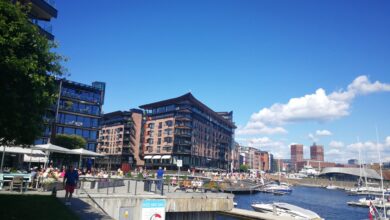
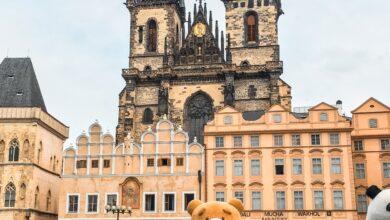
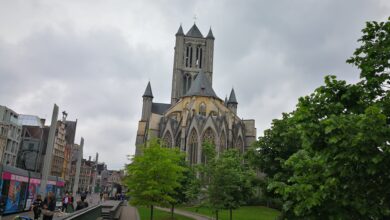

Facebook Comments